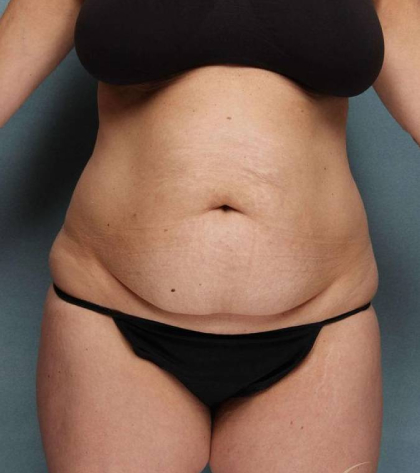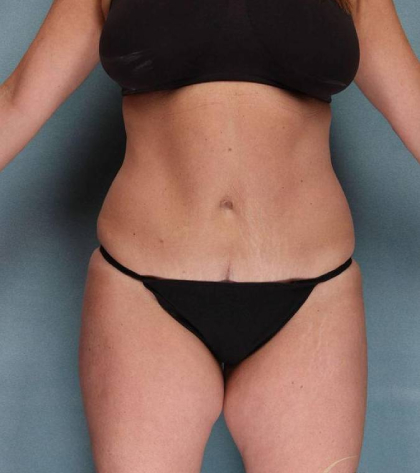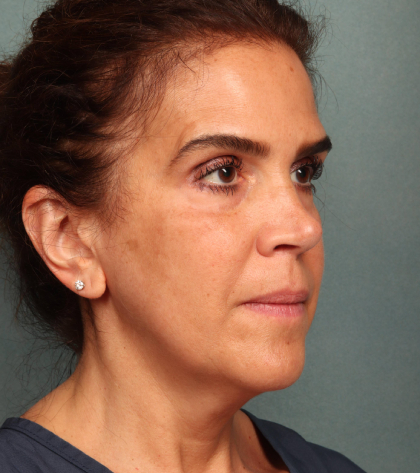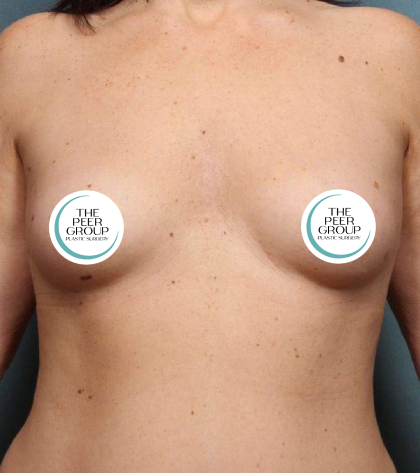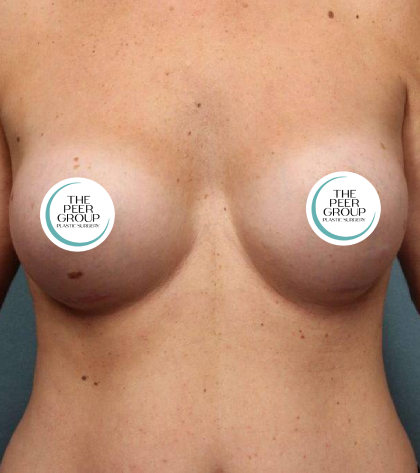What Are the Top Benefits of Cheek Fillers?
Are cheek fillers worth it? New Jersey’s injectors at The Peer Group regularly work with both women and men who definitely think so! High cheekbones are considered by many people to one of the most attractive facial features. In fact, three characteristics that tend to be associated with a youthful […]
Read More
